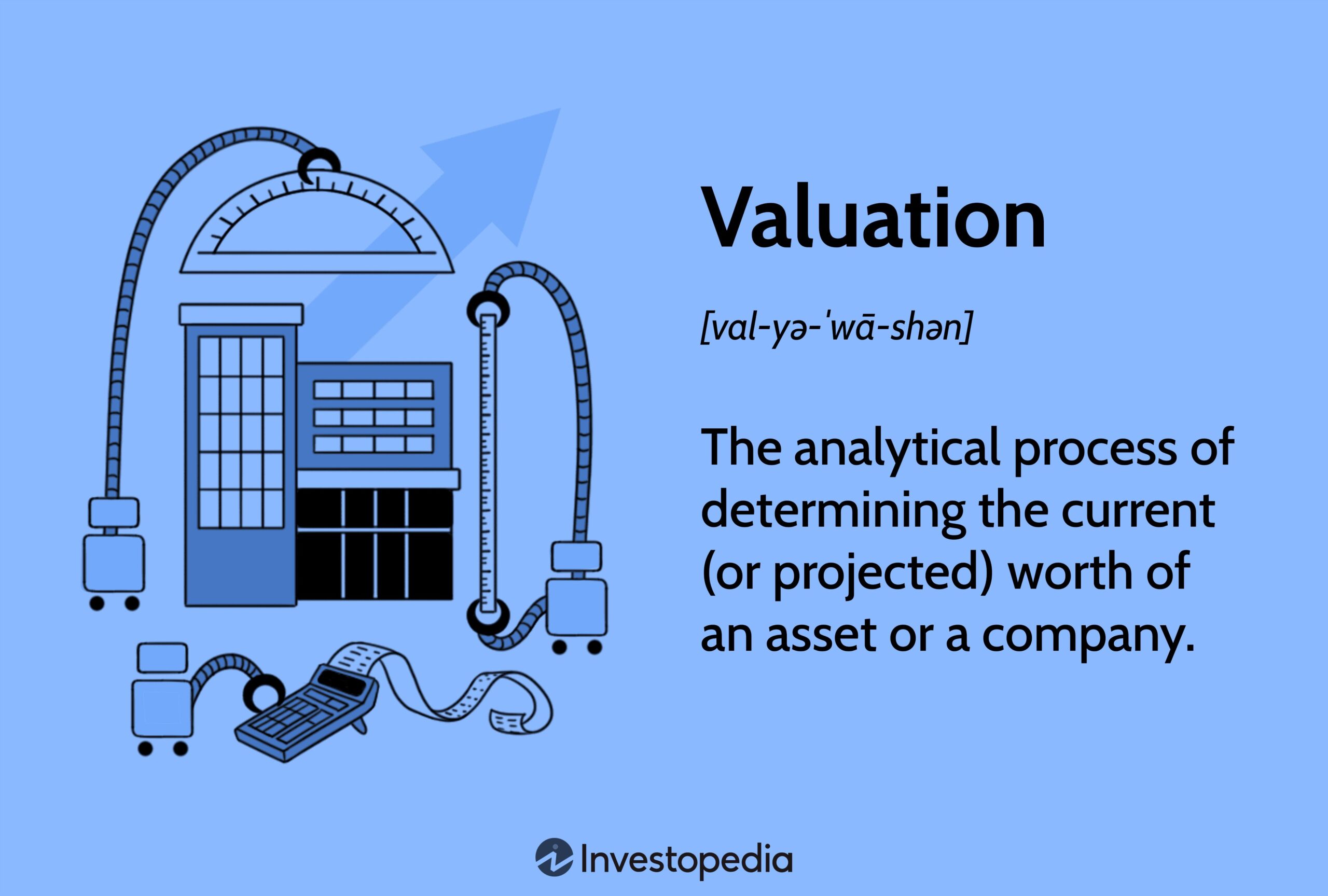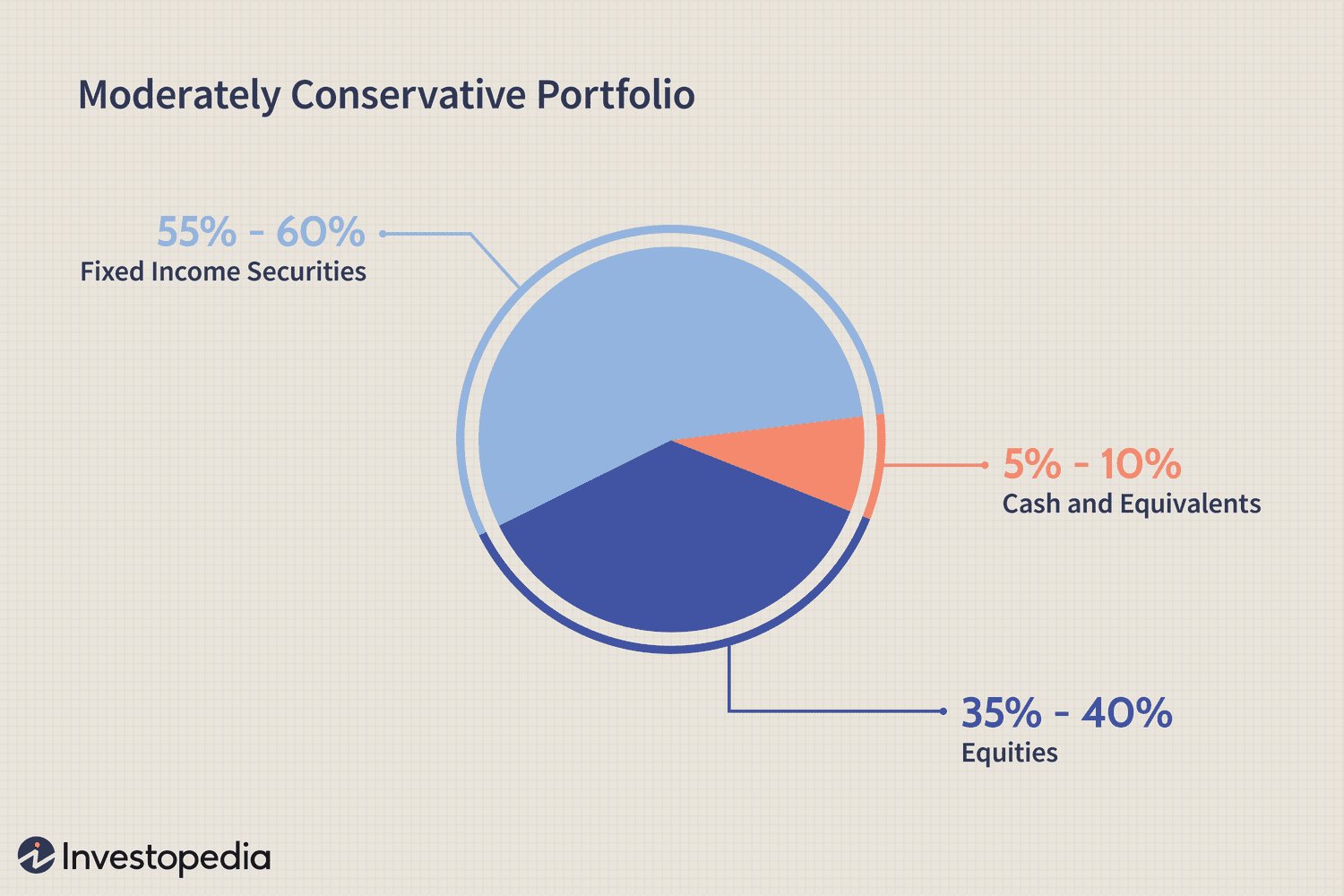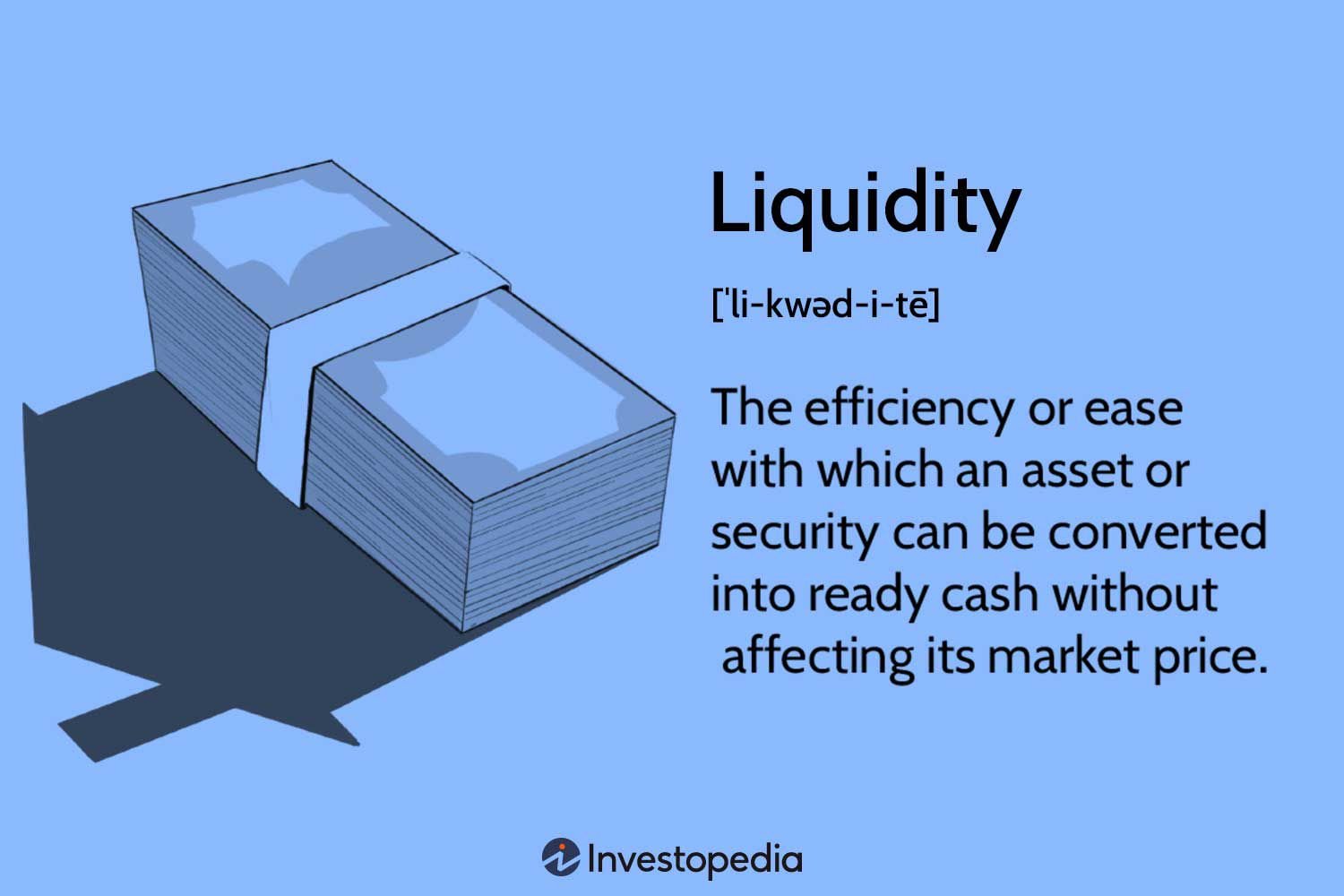Have you ever wondered how to effectively understand stock valuation methods as a beginner investor? Well, you’re in luck! In this blog article, we will dive into the world of stock valuation methods, breaking down the complexities and offering simple explanations that even the most novice investor can grasp. Understanding stock valuation methods for beginners is crucial in making informed investment decisions, and by the end of this article, you’ll have a solid foundation to navigate the exciting world of stock market analysis. So, let’s get started and demystify the world of stock valuation methods together!
Understanding Stock Valuation Methods for Beginners
Stock valuation is a crucial aspect of investing in the stock market. As a beginner, it’s important to have a solid understanding of the various methods used to value stocks. This knowledge will help you make informed investment decisions and maximize your returns. In this article, we will explore the different stock valuation methods that beginners should be familiar with.
1. Price-to-Earnings (P/E) Ratio
The price-to-earnings (P/E) ratio is one of the most commonly used methods to value stocks. It compares the price of a stock to its earnings per share (EPS). The formula to calculate the P/E ratio is:
P/E ratio = Stock Price / Earnings per Share
A high P/E ratio indicates that investors are willing to pay more for each dollar of earnings, suggesting that the stock may be overvalued. On the other hand, a low P/E ratio may indicate an undervalued stock. However, it’s important to consider other factors such as industry trends, growth prospects, and the company’s financial health before making investment decisions based solely on the P/E ratio.
2. Dividend Discount Model (DDM)
The Dividend Discount Model (DDM) is a valuation method that values a stock based on the present value of its expected future dividends. This model assumes that the value of a stock is equal to the sum of the present values of all future dividends. The formula to calculate the fair value of a stock using the DDM is:
Fair Value = Dividend per Share / (Discount Rate – Dividend Growth Rate)
The discount rate is the rate of return required by investors, and the dividend growth rate is the expected rate at which dividends will grow over time. It’s important to note that the DDM is more suitable for valuing dividend-paying stocks.
3. Discounted Cash Flow (DCF) Analysis
Discounted Cash Flow (DCF) analysis is a comprehensive valuation method that takes into account the present value of a company’s projected future cash flows. It involves estimating the future cash flows of a company, discounting them to their present value, and summing them up to arrive at the intrinsic value of the stock. The formula to calculate the intrinsic value of a stock using DCF analysis is:
Intrinsic Value = (Cash Flow1 / (1 + Discount Rate)^1) + (Cash Flow2 / (1 + Discount Rate)^2) + … + (Cash Flown / (1 + Discount Rate)^n)
The discount rate used in DCF analysis reflects the risk associated with the investment and takes into account factors such as the company’s cost of capital, market conditions, and the company’s specific risk profile.
4. Price-to-Book (P/B) Ratio
The Price-to-Book (P/B) ratio compares the market value of a company to its book value. The book value represents the company’s total assets minus its total liabilities and is a measure of the company’s net worth. The formula to calculate the P/B ratio is:
P/B ratio = Stock Price / (Total Assets – Total Liabilities)
A low P/B ratio may suggest that the stock is undervalued, as investors are paying less for the company’s net assets. However, it’s important to consider other factors such as the company’s growth prospects, industry conditions, and the quality of its assets before making investment decisions based solely on the P/B ratio.
5. Comparable Analysis
Comparable analysis, also known as relative valuation, involves comparing the valuation multiples of a company to those of similar companies in the same industry. The most commonly used valuation multiples include the P/E ratio, P/B ratio, and EV/EBITDA (Enterprise Value to Earnings Before Interest, Taxes, Depreciation, and Amortization) ratio. By comparing these multiples, investors can assess whether a stock is overvalued, undervalued, or trading in line with its peers.
When conducting a comparable analysis, it’s important to select companies that are similar in terms of industry, size, growth prospects, and market dynamics. Additionally, it’s crucial to consider qualitative factors such as the company’s competitive advantage, management team, and market positioning.
6. Gordon Growth Model
The Gordon Growth Model, also known as the dividend discount model (DDM) with a constant growth rate, is used to value stocks that pay dividends and are expected to grow at a constant rate indefinitely. The formula to calculate the intrinsic value of a stock using the Gordon Growth Model is:
Intrinsic Value = Dividend per Share / (Discount Rate – Dividend Growth Rate)
The discount rate is the rate of return required by investors, and the dividend growth rate is the expected rate at which dividends will grow over time. However, it’s important to note that this model assumes a constant growth rate, which may not be applicable to all stocks.
Understanding different stock valuation methods is essential for beginners looking to invest in the stock market. Each method provides a different perspective on the value of a stock and helps investors make informed decisions. Price-to-earnings ratio, dividend discount model, discounted cash flow analysis, price-to-book ratio, comparable analysis, and the Gordon Growth Model are some of the key methods to consider. By utilizing these valuation methods and analyzing other factors such as industry trends, growth prospects, and financial health, beginners can enhance their investment decision-making process and increase their chances of success in the stock market.
How Peter Lynch Values a Stock! (Peter Lynch's Valuation Tutorial)
Frequently Asked Questions
Frequently Asked Questions (FAQs)
What are stock valuation methods?
Stock valuation methods are techniques used to determine the intrinsic value of a stock. These methods help investors evaluate whether a stock is undervalued, overvalued, or fairly priced.
Why is understanding stock valuation important for beginners?
Understanding stock valuation is crucial for beginners as it provides insights into the true worth of a stock. This knowledge helps investors make informed decisions when buying or selling stocks, increasing the likelihood of profitable investments.
What are the common stock valuation methods used by beginners?
Beginners can use various stock valuation methods, such as the price-to-earnings (P/E) ratio, discounted cash flow (DCF) analysis, price-to-book (P/B) ratio, and dividend discount model (DDM). These methods provide different perspectives on a stock’s value.
How does the price-to-earnings (P/E) ratio method work?
The price-to-earnings (P/E) ratio method compares a stock’s current market price to its earnings per share (EPS). It helps investors determine how much they are willing to pay for each dollar of earnings generated by the company.
What is discounted cash flow (DCF) analysis?
Discounted cash flow (DCF) analysis is a method used to estimate the present value of expected future cash flows from a stock. By discounting these cash flows back to the present, investors can determine the intrinsic value of the stock.
How does the price-to-book (P/B) ratio method work?
The price-to-book (P/B) ratio method compares a stock’s market price to its book value per share. It helps investors assess whether a stock is trading at a fair value relative to the company’s net assets.
What is the dividend discount model (DDM)?
The dividend discount model (DDM) estimates the intrinsic value of a stock based on the present value of expected future dividends. It is commonly used for valuing dividend-paying stocks.
Are there any limitations to stock valuation methods?
Yes, there are limitations to stock valuation methods. These methods rely on assumptions and forecasts, which may not always accurately predict future performance. Additionally, market factors and investor sentiment can also influence a stock’s price, making valuation challenging.
Can beginner investors solely rely on stock valuation methods?
While stock valuation methods provide valuable insights, beginner investors should not solely rely on them. It is essential to consider other factors like the company’s financial health, industry trends, and overall market conditions when making investment decisions. Diversification and ongoing research are also important for successful investing.
Final Thoughts
Understanding stock valuation methods is essential for beginners looking to make informed investment decisions. By grasping these techniques, individuals can assess the true worth of a stock and determine whether it is over- or under-valued. Beginners should familiarize themselves with fundamental analysis, which involves evaluating a company’s financials, and technical analysis, which focuses on patterns and trends in stock prices. Additionally, learning about discounted cash flow and price-to-earnings ratio can further enhance one’s understanding of stock valuation. Armed with this knowledge, beginners can make smarter investment choices and increase their chances of achieving financial success. Understanding stock valuation methods for beginners is a crucial step towards becoming a successful investor.



